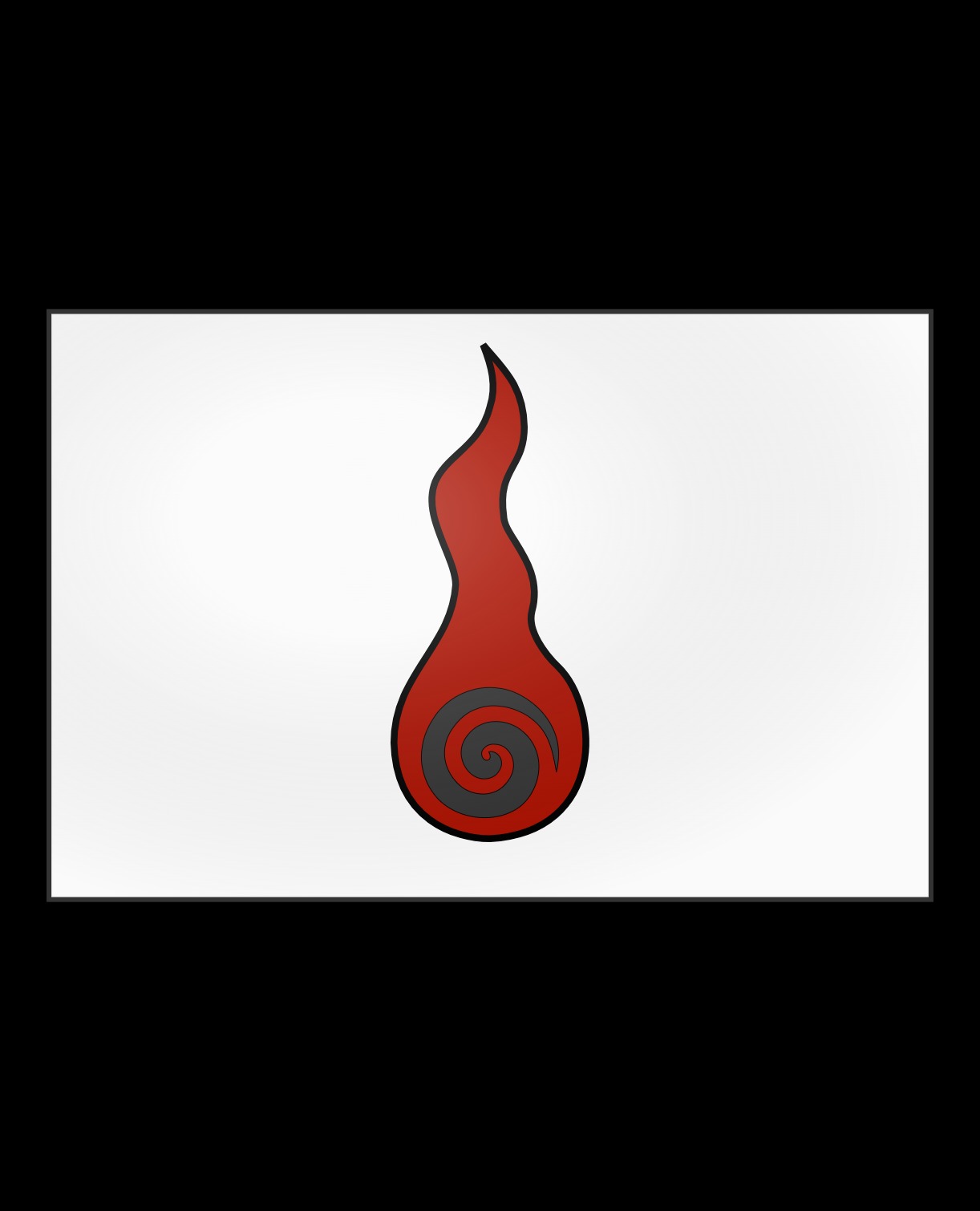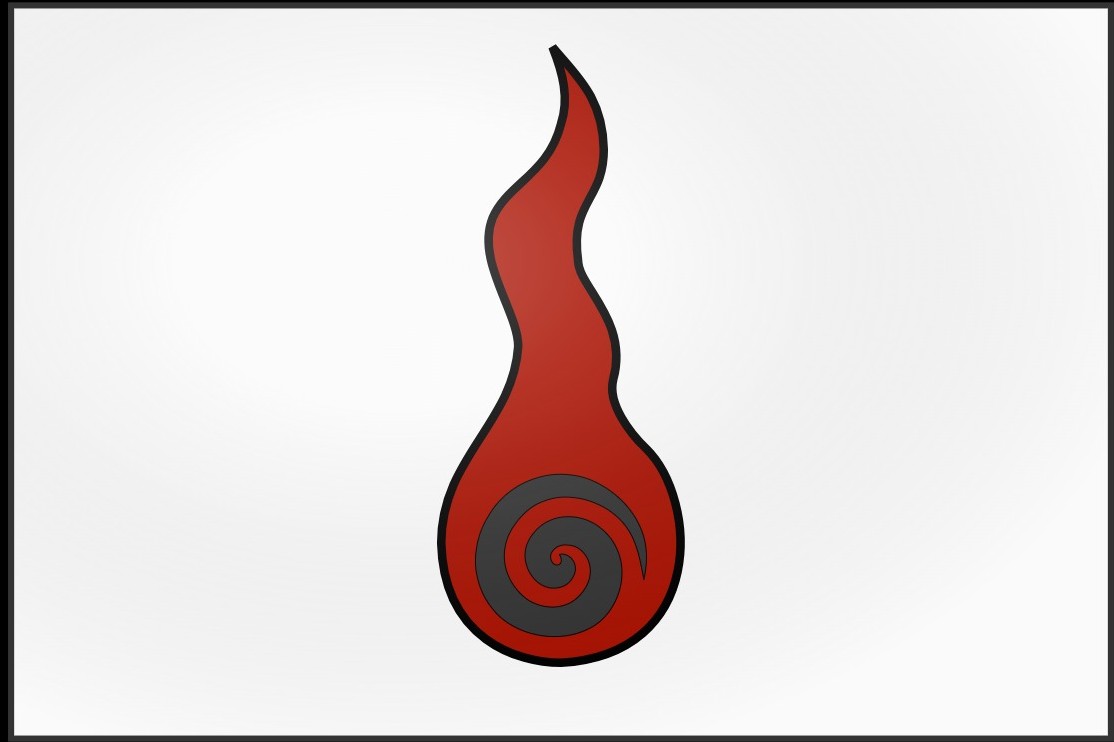Cult of the Originist Way
The Cult of the Originist Way is the largest of the major religions of Leoram, worshipping a pantheon of gods who created the world collectively and each took a share of humanity to be their own people. The global centre of the religion has been the great city of Carcho since the Council of Tollania. Although from the outside the Cult appears very monolithic, the truth is closer to a collection of seven separate but syncretic religions.
Mythology & Lore
Creation
According to Originist teachings, the world was created by eight gods, each of whom had an equal hand in the task. Once the world was made, along with all the living things in it, the gods chose disciples from among the newly created race of humanity, which had been brought into existence to be companions of the gods and stewards of the world that they had created. This event is preserved in the story of The Great Choosing of the Peoples, which remains the most widely known of all Originist teachings.Divine Origins
The precise origins of the Cult of the Originist Way are among the many things that were lost as a result of the Mage Wars. The modern cult naturally maintains that it has existed since the dawn of time as the true faith of all humanity. The holy texts of the various gods chart independent histories of the peoples of Leoram that run from the moment of creation
More secular historians suggest that the Originist Cult actually grew out of the unification of diverse ethno-centric cults as these cults sought to cope with the onset of the growing influence of monotheistic, righteous religions such as Trizorism and Elunakhi, and that the appearance of greater age is a mirage created by the existence of these older individual cults and the loss of clear records in the Mage Wars.
Cosmological Views
Wayist beliefs include the existence of an afterlife, which is divided into 7 heavens that are specific to each of the gods, the mortal world, and a single shared hell.
Tenets of Faith
According to Wayist beliefs, the gods are forces for good in the world who help those in need. Their aid comes at a price, however, that price typically being a ritual sacrifice of some kind. The greater the desired support, the more precious or elaborate a sacrifice that is needed. A mundane need such as rain in Spring to nourish crops might be bought at the price of the sacrifice of a share of the fruits of the harvest, while a more exotic need such as victory in battle might require a more elaborate sacrifice such as the killing and burning of a mountain lion caught by an unarmed hunter. The various Wayist texts devote many pages to advising followers on what sacrifices are acceptable to which gods and for what purpose.
As well as helping directly, the gods serve as examples to be followed. While no mortal, whether man or woman or great or humble, can hope to live up to the purity of the example of a divine being, they can focus on a particular aspect to emulate. Thus many Wayists seek to follow in the footsteps of their gods, whether by taking up one of the sacred professions, such as warrior in honour of Samnuha or teacher in honour of Nergal, or by engaging in virtuous activities such as offering hospitality in the name of Ngai. These efforts are what Wayists believe will earn them places in the various realms of the gods, according to which god they chose to emulate or honour most over the course of their lives.
Ethics
In addition to the core tenets of the faith, the Cult of the Originist Way offers guidance on a variety of aspects of life for its adherents. These doctrines make it clear that men and women are to be cosidered equal.
Worship
One of the primary practices of Wayism is the sacrifice of animals.
Priesthood
Wayist clerics are addressed as Praevian, a word from the Nirinian language that means ‘guide’ or ‘forerunner’.
Political Influence & Intrigue
The Cult of the Originist Way is the most prevalent religion in all of Leoram, with more followers than any other. Scholars believe that the Cult still keeps faith with more than half the world’s population.
The Wayists are perpetually at odds with the Charter Schools of Sorcery thanks to their refusal to make adjustments to the status of Himeros, the god of Magic, in their pantheon. The Chartrites would prefer to portray sorcerers and their god as outcasts from the rest of the gods and humans so as to better support their claims that sorcerers should be set apart from ordinary people. Wayist Praevians, however, have maintained Himeros’ status as a major deity, albeit one who is no longer openly worshipped thanks to the influence of the Chartrites.
The rivalry between Trizorism and Originist Wayism dates back to the Nirinian Era, so the origins of the enmity between the two sets of believers are a mystery. It is thought that pressure from Trizorism and Elunakhi are primarily to blame due to the known intolerance of both of these faiths towards creeds other than their own, whereas Wayism is more disposed to peaceful coexistence and finding points of syncretism.

Rivals
Permanently at odds due to philosophical differences over the status of sorcerers as part of human society.



Comments